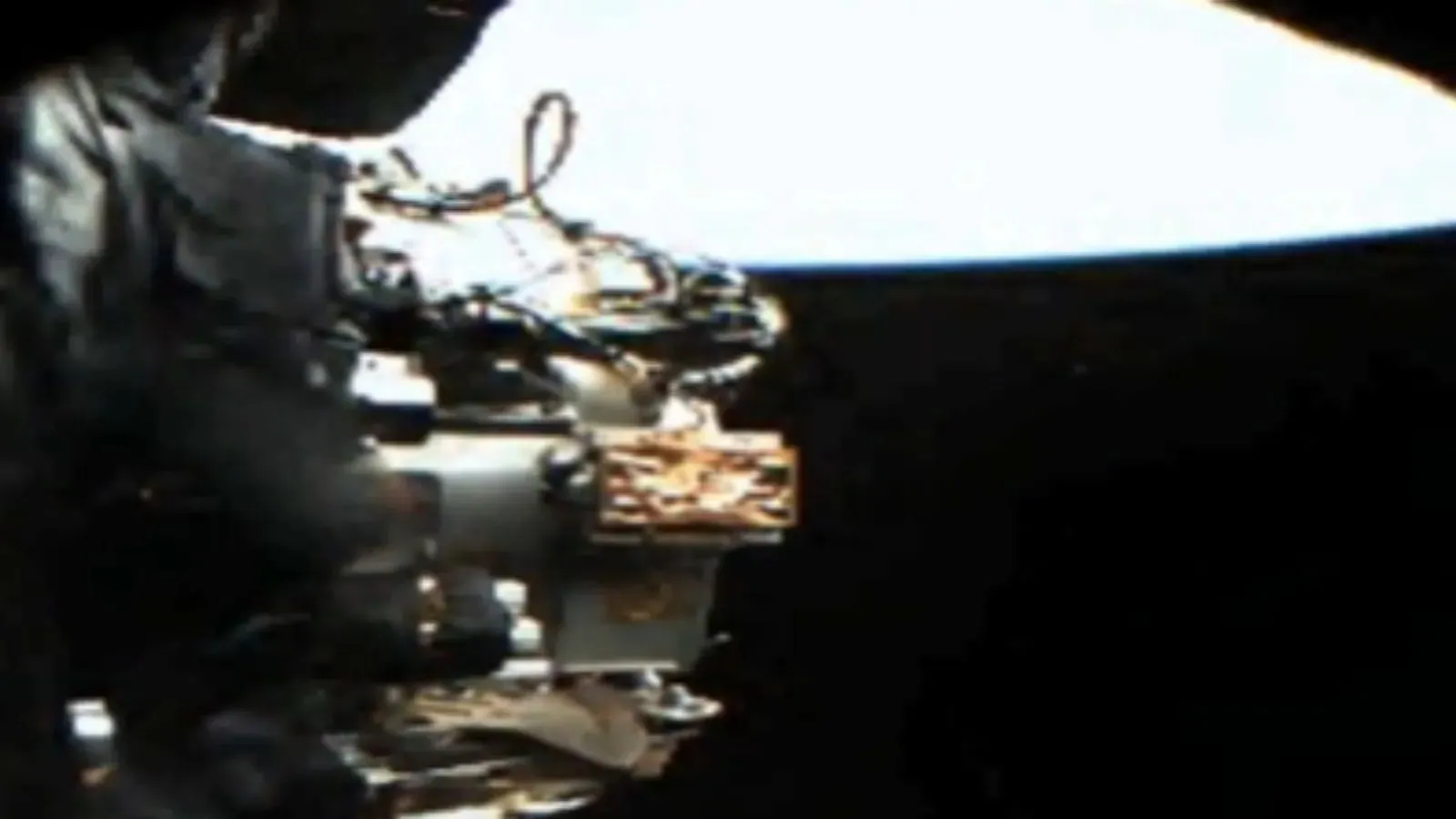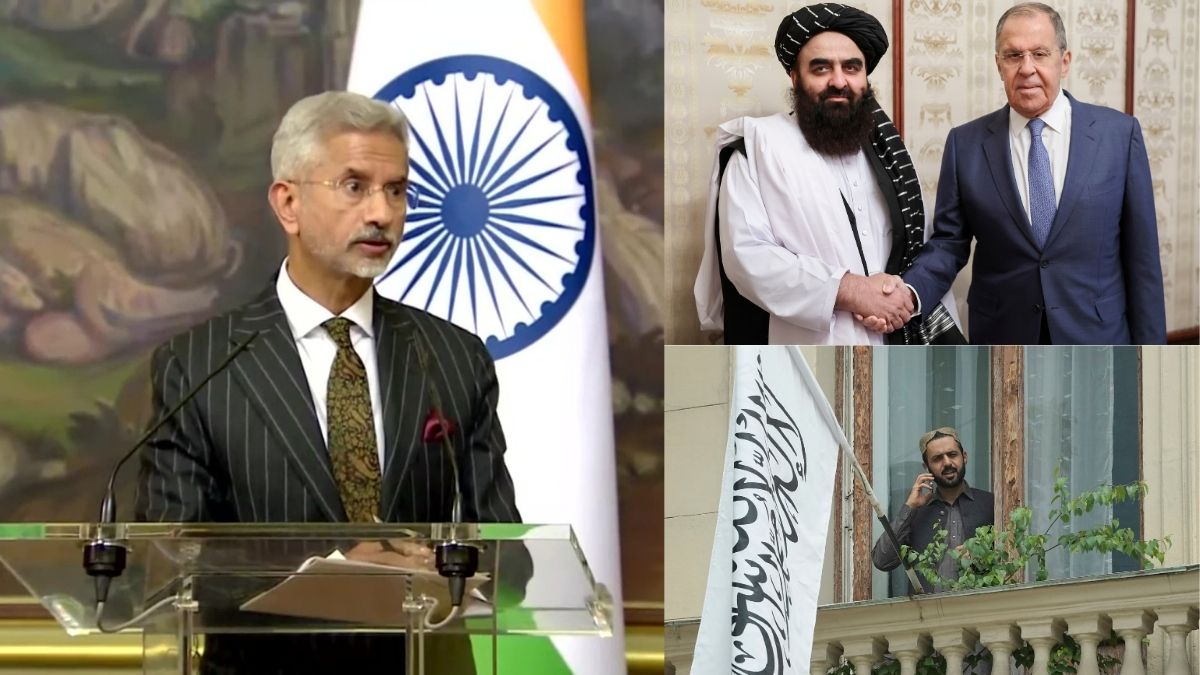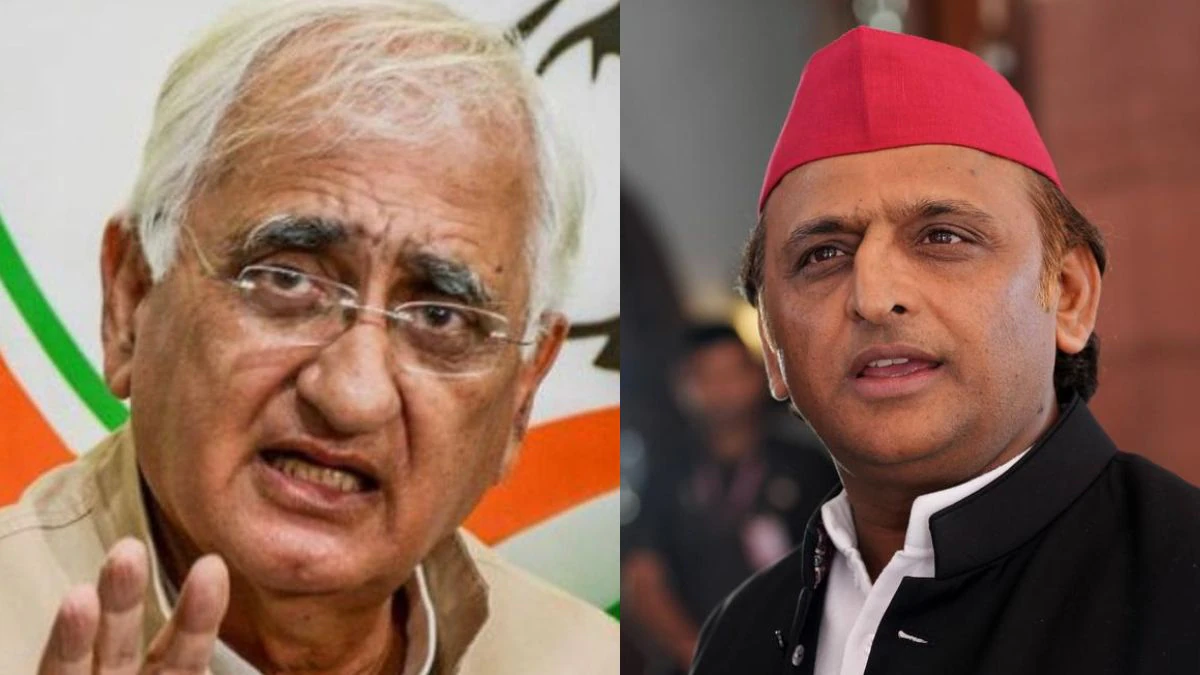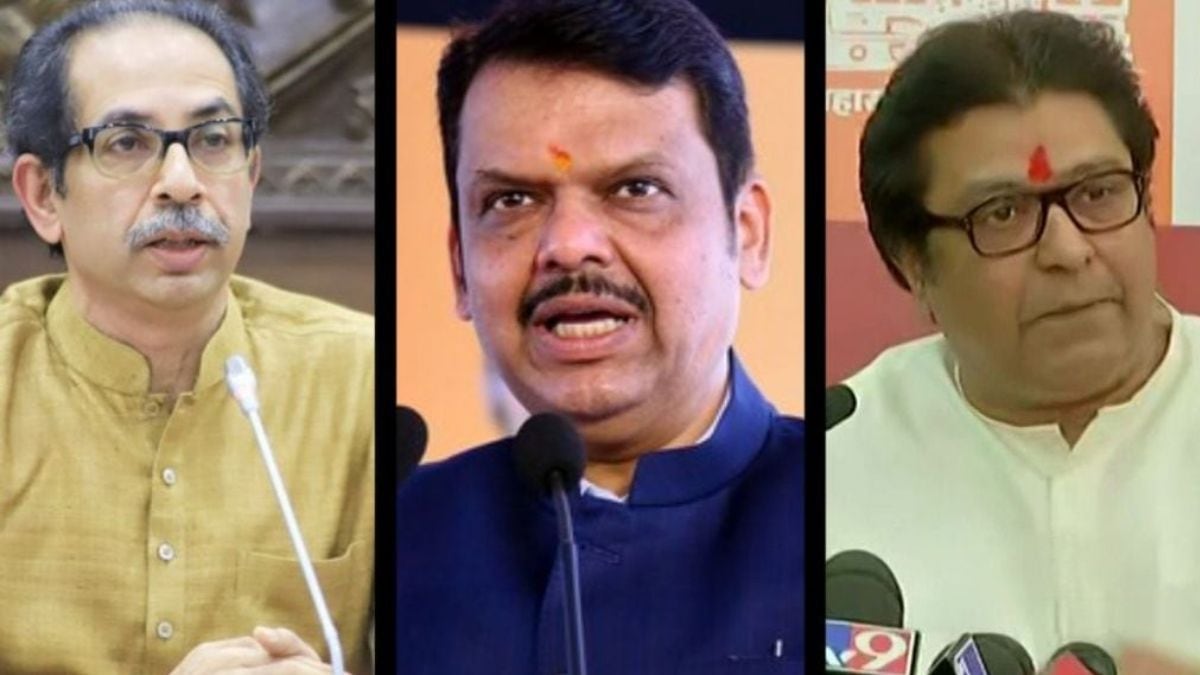The two satellites launched by the Indian Space Research Organisation (ISRO) for a space docking experiment may soon attain the conditions needed to commence the mission. The docking experiment, originally scheduled for Thursday, was postponed after the satellites drifted more than expected during a manoeuvre to reduce the distance between them.
The space agency said in a statement on Thursday: “The drift has been arrested and spacecraft put in a slow drift course to move closer to each other. By tomorrow, it is expected to reach initialisation conditions.”
For the experiment, the two small satellites launched by ISRO on December 30 were to be progressively brought closer in orbit, halting at distances of 5 km, 1.5 km, 500 m, 225 m, 15 m, and 3 m before finally joining together. The drift occurred during a manoeuvre initiated on Wednesday evening to move the Chaser satellite from 500 metres to 225 metres, during a non-visibility period (when the satellites cannot be tracked from ground stations).
This marks the second postponement — the mission was initially planned for January 7 but was delayed to allow for more ground simulations to “improve the accuracy.”
During docking, the extended rings on both satellites will come together before joining and rigidization to secure their connection. The satellites will then share electrical power, with researchers also experimenting with commanding both satellites as a single unit.
Space docking is essential for missions requiring large payloads that cannot be carried in a single launch. India needs this technology for its future plans of bringing samples back from the Moon and setting up a space station. A successful experiment will make India the fourth country after the United States, Russia, and China to master this technology.
Stay informed with access to our award-winning journalism.
Avoid misinformation with trusted, accurate reporting.
Make smarter decisions with insights that matter.



















